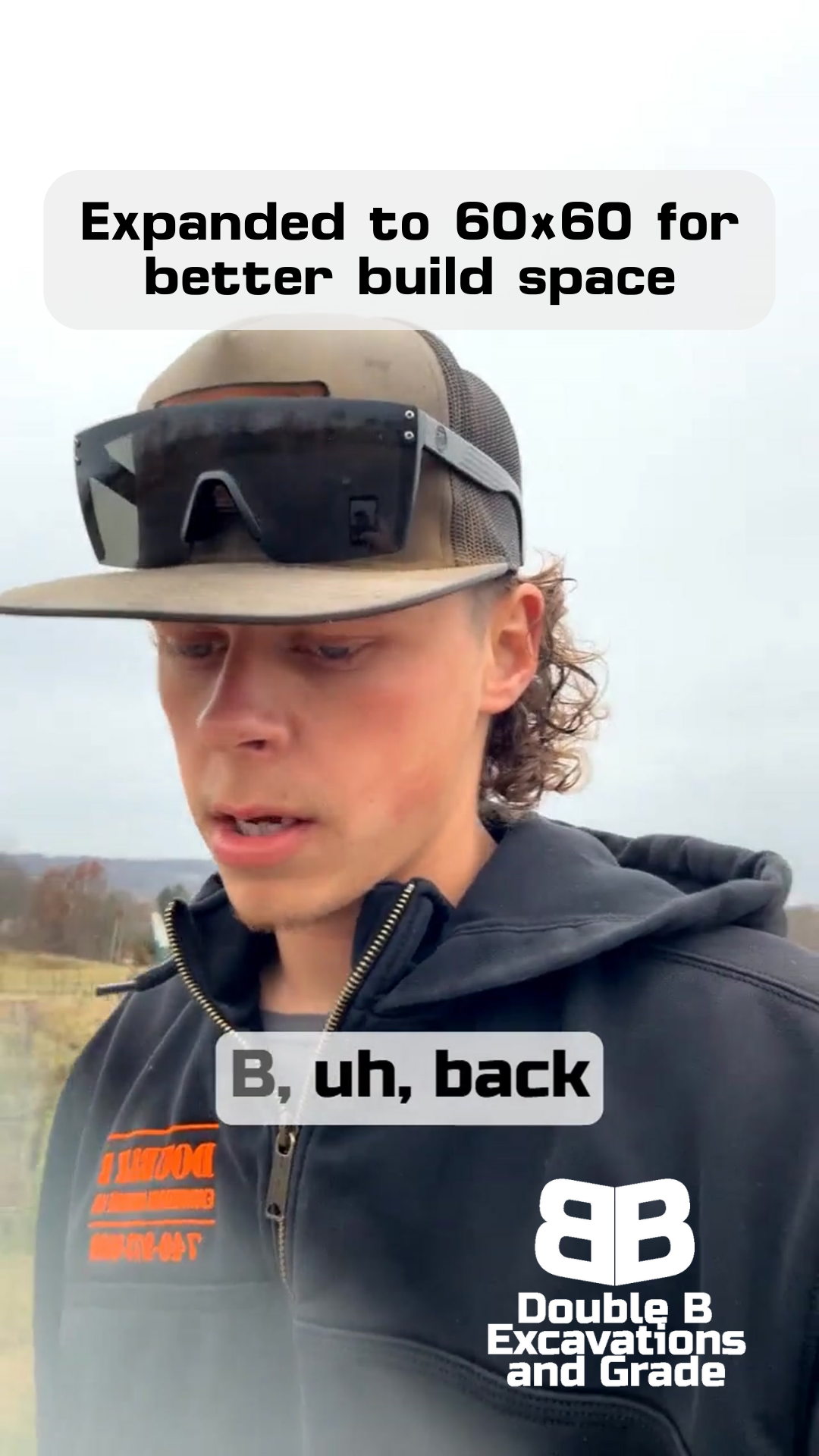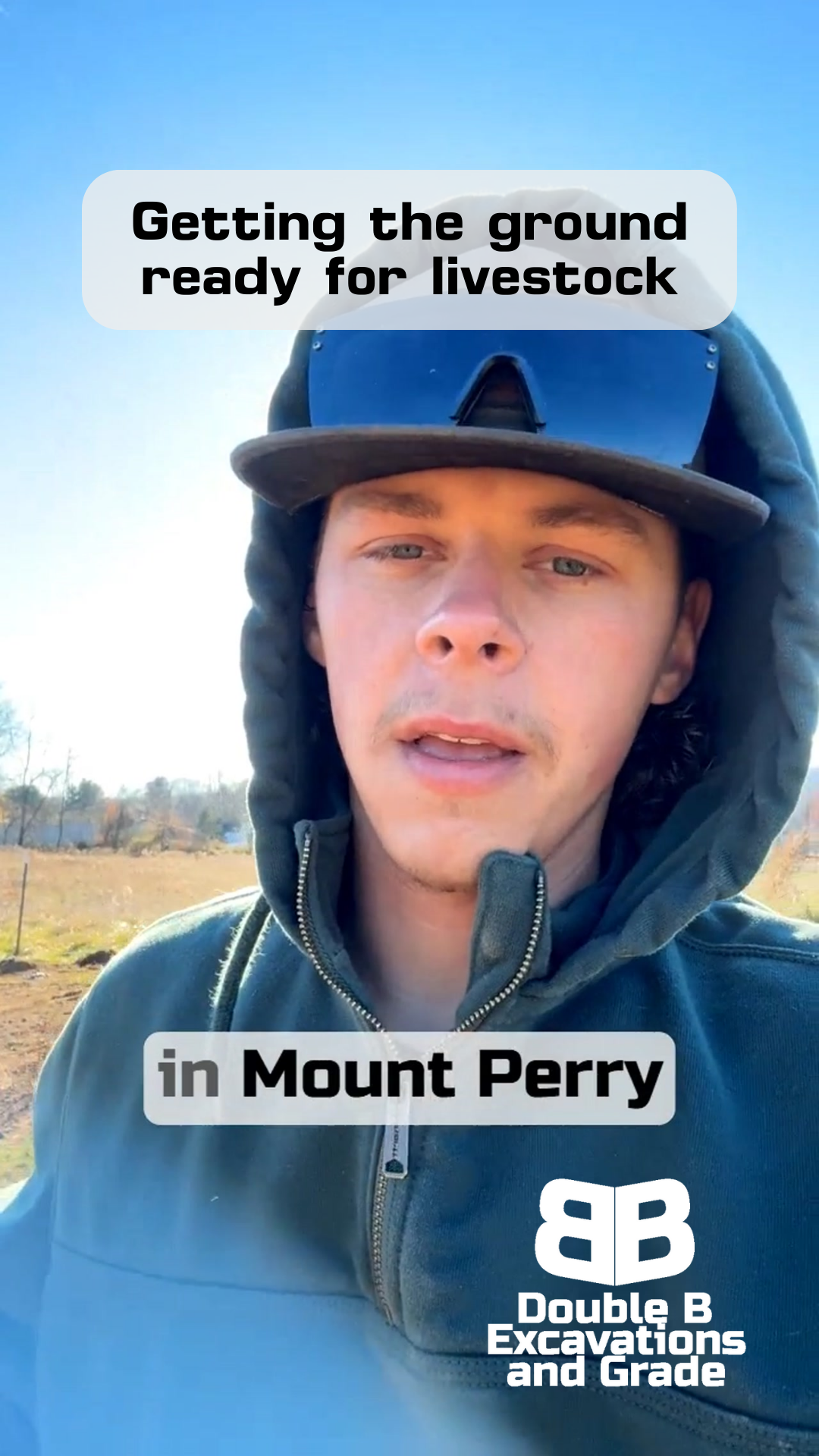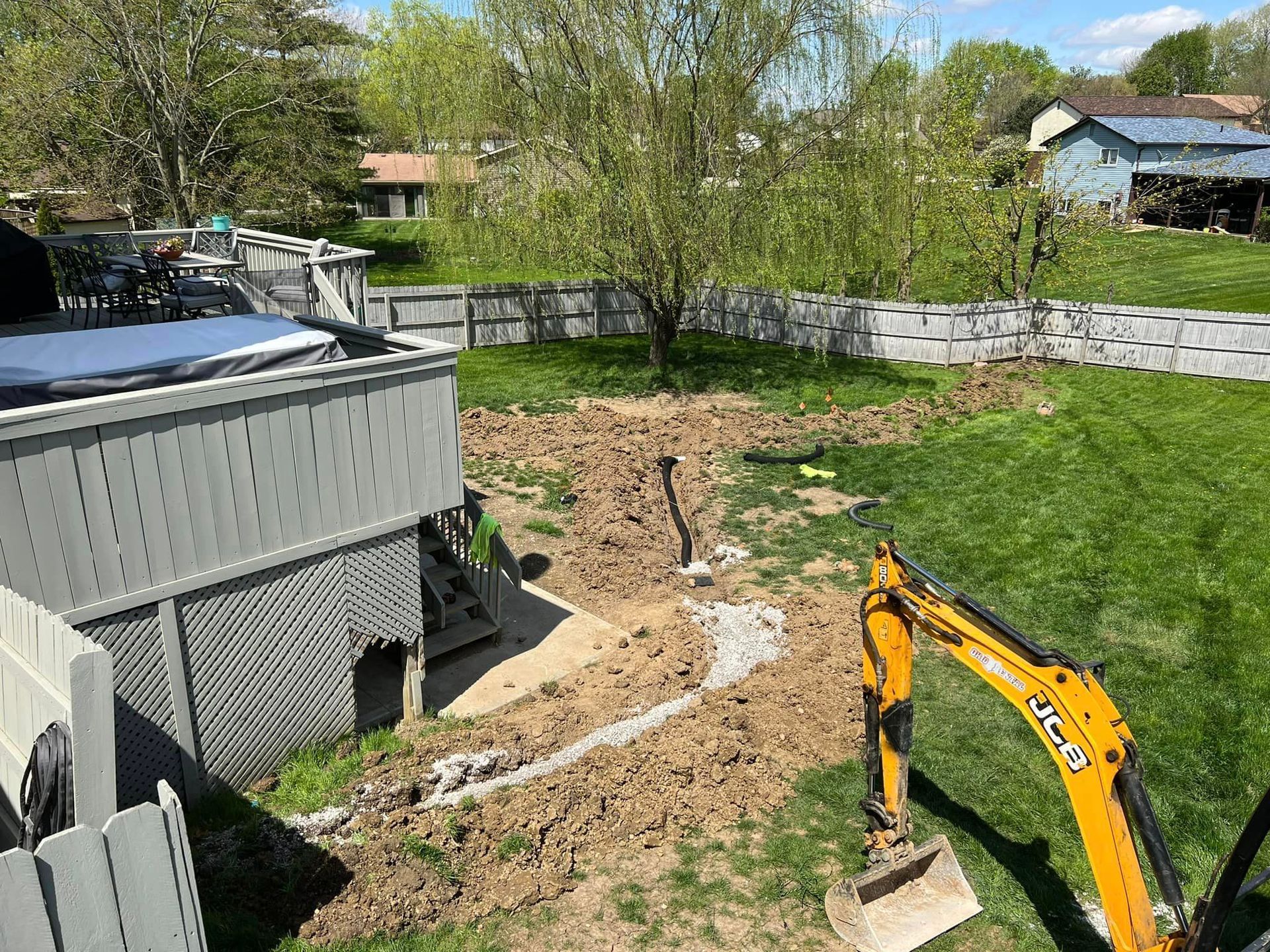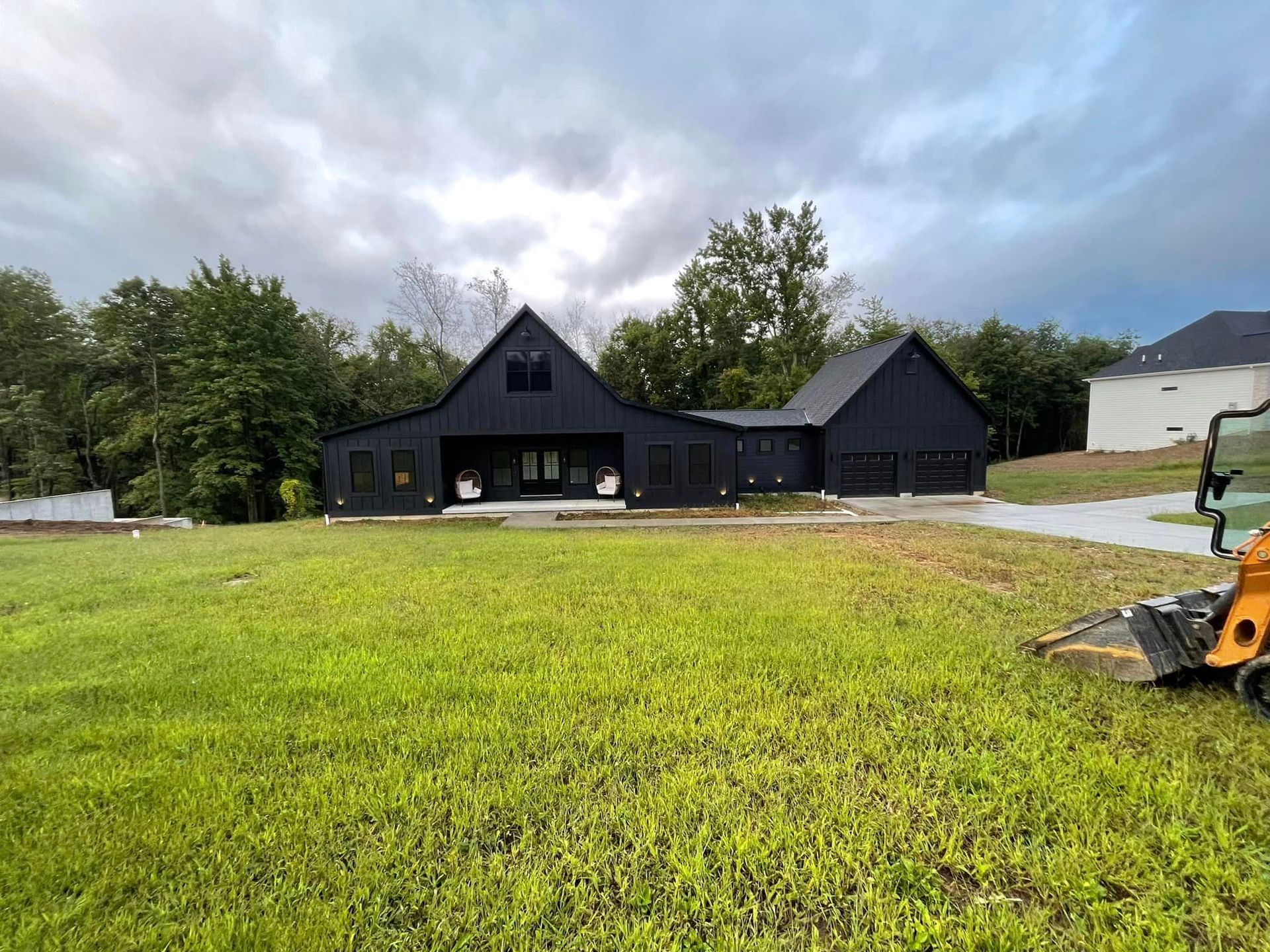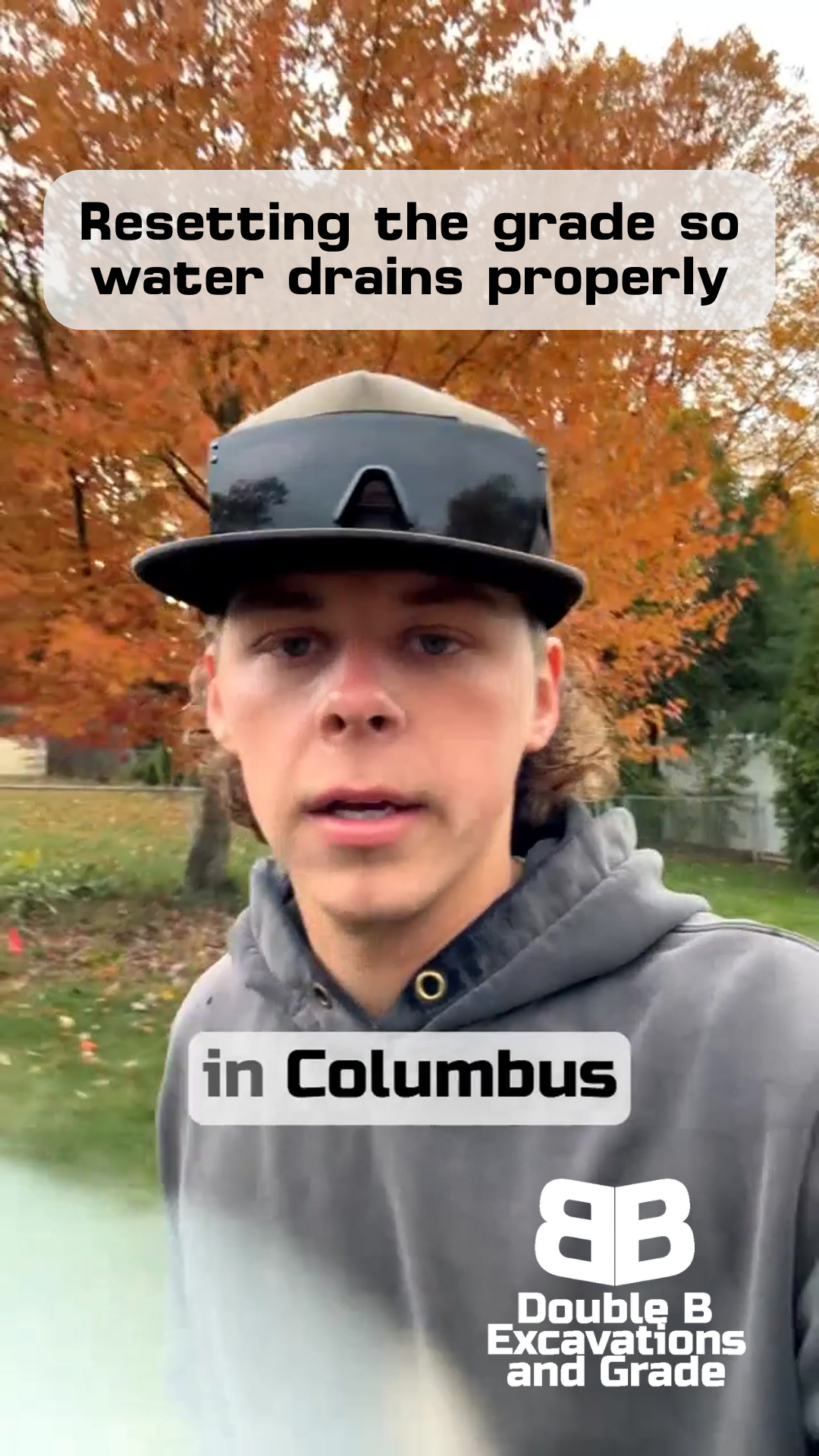The Art of Small-Scale Landscaping: Prepping Your Property for Hydroseed Success
Double B Excavations & Grade LLC
Not Every Job Needs Big Machines
QUALITY WORK REQUIRES THE RIGHT CONDITIONS
Sometimes the biggest wins in landscaping come from knowing when to keep it simple.
Out in Newark today, we're tackling a project that perfectly shows why.
While most folks might expect to see big equipment rolling up for any excavation job, we pulled up with just our crew and our tools - because that's exactly what this job needs.
When you're getting ready for hydroseeding, especially around a new addition, every detail matters.
Sure, we could bring in the skid steer and get it done faster, but speed isn't always the answer.
Today we're going to walk you through why sometimes the best approach is the simplest one, and how paying attention to these details now leads to better results later.
Welcome to Double B!
When Less Equipment is More
Here's something we've learned over years of doing this work: bigger isn't always better. Take today's project in Newark - we left the skid steer at the shop. Why? Because when you're working around new construction, dealing with downspout drains, and prepping for hydroseed, sometimes hand work is just plain better.
Think about it this way: a skid steer might move rocks faster, but it can also compact your soil in ways you don't want, especially when you're preparing for seed. Hand raking and cleanup lets us feel every part of the ground we're working with. We can spot potential drainage issues, make sure we're not disrupting existing systems, and prepare the perfect surface for that hydroseed to take root.
This careful approach might take a little longer, but it saves money in the long run. No damaged downspouts to fix, no compacted soil to break up again, and no patches to redo because we missed something the first time. When you're working to give someone a beautiful, healthy lawn, these details make all the difference.
Essential Ground Preparation Steps
Let's break down exactly what we're doing on this Newark site. First up is rock removal - and we're not just talking about the big obvious ones. Those smaller rocks you might be tempted to leave behind? They matter too. When you're hydroseeding, you want a clean, even surface that'll give those seeds the best chance to take root.
Working around features like downspout drains takes extra care. We can't just cover these up and hope for the best - that's asking for drainage problems down the road. Instead, we carefully rake around them, making sure they stay clear while still prepping the surrounding soil properly. It's like putting together a puzzle where every piece needs to work together.
Special Considerations for Additions
New additions bring their own set of challenges. The soil around new construction is usually a mess - it's often compacted from all the building activity, might have bits of construction debris mixed in, and rarely matches the soil in the rest of the yard. That's exactly what we're dealing with in Newark today.
This is where experience really comes into play. We're not just cleaning up rocks and throwing down seed. We're looking at how this new area will connect with the existing yard, making sure water will flow the right way, and setting things up so the new grass will match the old. You might not notice these details right away, but they make a huge difference six months down the road when everything's grown in.
The soil around new additions often needs extra attention. Sometimes it's too hard-packed to support good growth, or it might be the wrong type altogether. By working it by hand, we can feel these differences and address them properly. Sure, it takes more time than just running over it with equipment, but this attention to detail is what separates a good job from a great one.
The Hydroseed Process
Now, let's talk about why all this prep work matters for hydroseeding. Think of hydroseeding like painting a wall - the better you prepare the surface, the better your results will be. When we spray that hydroseed mixture, it needs to make good contact with the soil to really take hold and grow properly.
The hydroseed mix itself is pretty amazing stuff - it's a combination of seed, mulch, fertilizer, and a special adhesive that helps everything stick where it should. But even the best mix won't give you the results you want if the ground underneath isn't ready for it. That's why we're so particular about getting every detail right during prep.
Tips for Success
Here's what we've learned works best:
- Take the time to remove all the rocks, even the small ones
- Pay special attention around drains and other features
- Make sure the soil is loose enough for roots to grow
- Don't rush the prep work - it's the foundation for everything else
One of the biggest mistakes we see is people trying to cut corners during preparation. Sure, you might save an hour or two now, but you'll pay for it later with patchy grass and drainage issues.
Closing
At the end of the day, projects like this Newark addition remind us why we take such pride in our approach. It might seem like overkill to some, spending all this time on hand preparation when we could bring in bigger equipment. But we know from experience that this attention to detail leads to better results every time.
Looking Forward
If you're planning any landscaping work, especially around new construction, remember that proper preparation makes all the difference. Whether it's hydroseeding or any other yard work, taking the time to do things right the first time will save you headaches down the road.
Need help getting your property ready for hydroseeding in Newark or anywhere in central Ohio? We're always happy to take a look and give you our honest assessment of what your project needs. Because sometimes, the simplest approach is the best one.
